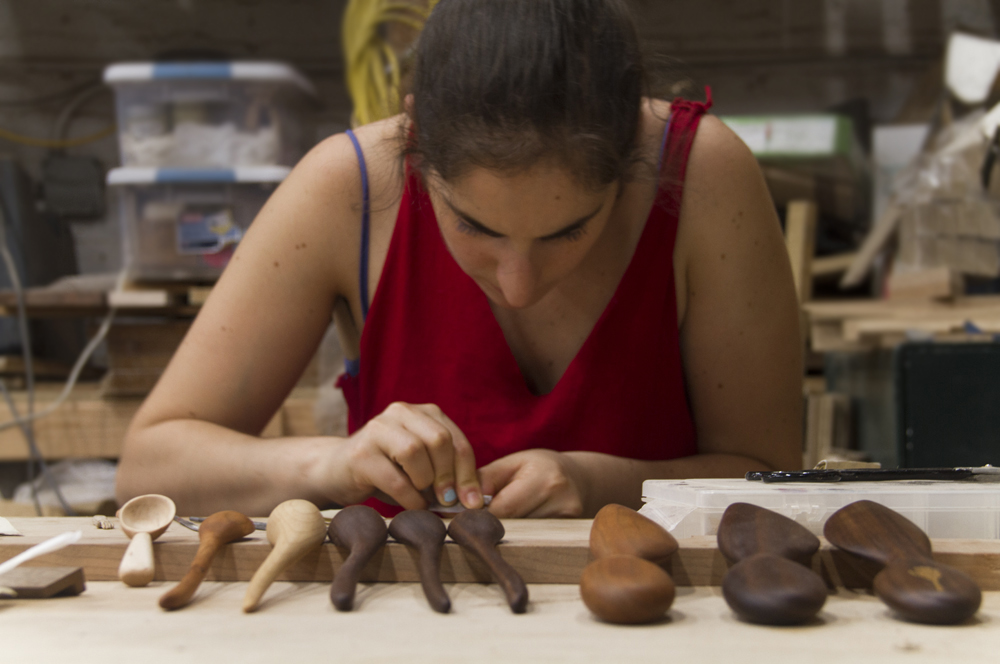May 10, 2016
Overlook Woods
Maker Spotlight
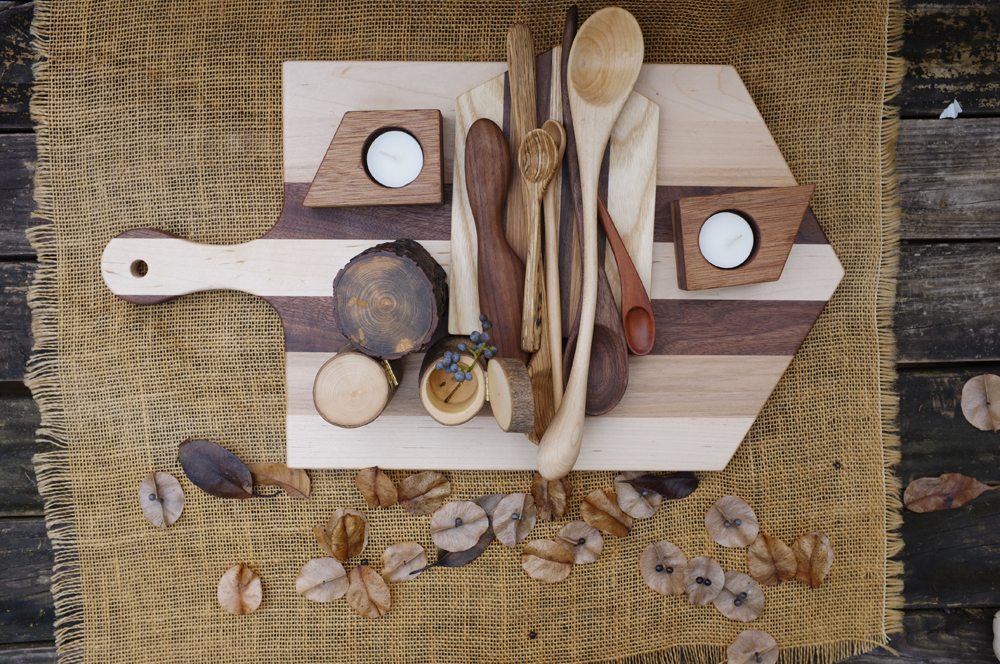
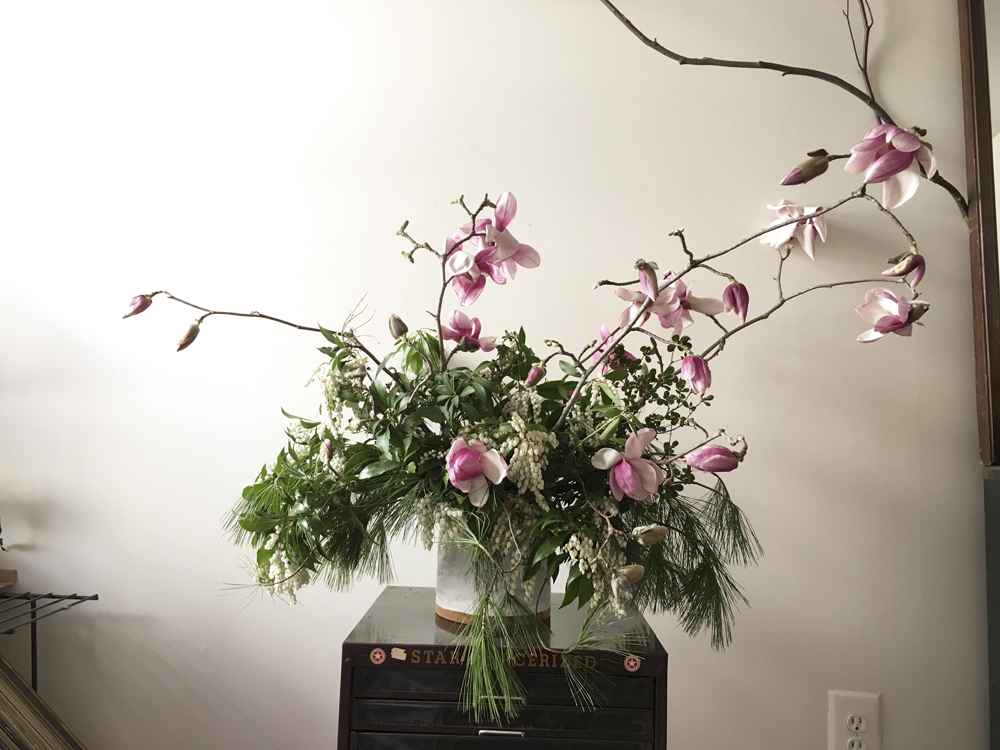
Where did your business name come from? Is there an interesting history behind it?
I grew up on Overlook Road, at the top of the hill in a pink house with a magnolia tree out front. In the back were grand oak and maple trees, and a thicket of rhododendrons. It was my own little forest. I wanted my business to be an extension of myself, and I wanted to create a name that had history, substance, and beauty. To me, Overlook Woods is the top of any hill, overlooking something beautiful and comforting.
Have you always been passionate about design?
100% yes. I spent pretty much all my free time (since forever) being creative – from sculpting, drawing, and making dresses for my Barbies out of old socks, to building miniature cardboard houses (with cardboard furniture of course). Then I went to Pratt Institute and majored in Fine Art where I ate/breathed/lived art for four years. It wasn’t until I was in my 20s, babysitting other kids, that I realized not everyone grew up doing art 24/7.
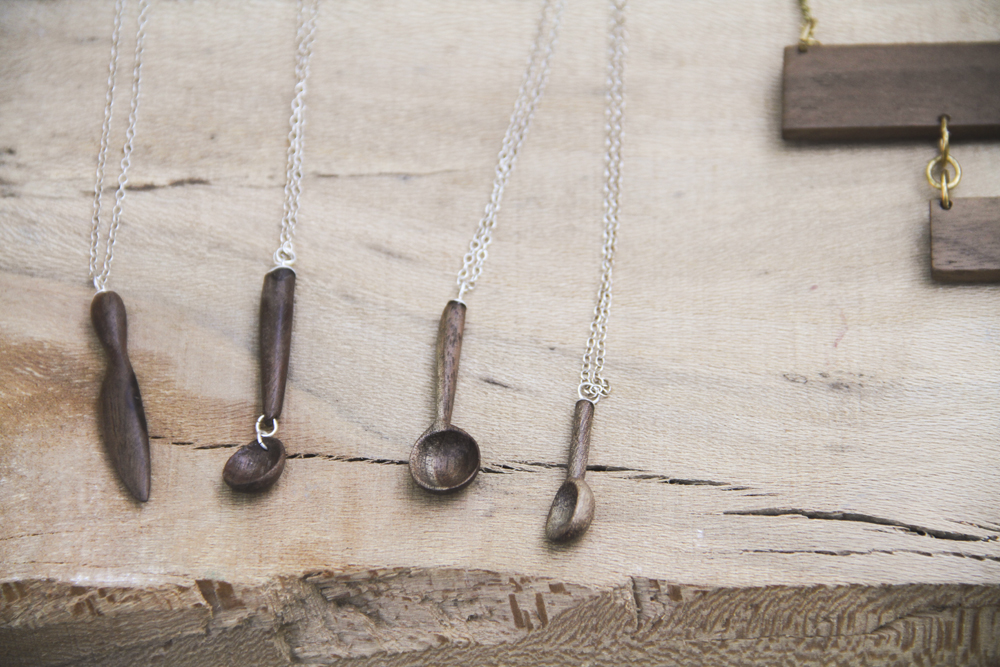
When/Why did you start working in this particular craft/field?
I started woodworking in college. The woodshop was just the coolest place on campus—big tools, cute boys, and good music—so I took Woodworking 101 and worked as an assistant helping other students. I had an amazing professor/boss who was this powerful female woodworker. She gave me such respect and awe for wood as a material, and showed me how to use big saws and small hand tools. She taught with enthusiasm, recognized my innate skill, and pushed me to succeed. Because of her guidance I fell in love with woodworking.
I fell into flowers by accident. I needed a job last spring and found one fast with a florist. The job was supposed to be temporary, but I ended up staying with the company almost a year. Flowers are a lot like trees, and working with my hands and having creative freedom in the arrangements was such a pleasure that I decided to incorporate that element into Overlook Woods.

What do you think sets your designs apart from others?
Working in a very male dominated industry, being a female woodworker automatically sets my work apart. I have a more delicate hand that allows me to push wood to its extreme, resulting in lighter, smoother and more refined pieces.
Have you sacrificed anything to create your business? If so, what was it, and do you have any regrets?
Three fingers…….just kidding. Really just financial security. Running a small business has no steady paycheck, there are no benefits, no 401k. Sometimes I wish I had gone a more traditional job route, but I don’t regret the freedom and creativity I have in exchange.

How does the city you live in influence your work?
Being in Brooklyn during Hurricane Sandy and seeing all the fallen trees and branches helped produce one of my major philosophies in how I work, what I call Park to Table. Park to Table promotes using naturally fallen wood and sourcing from the “urban forest.” It also strives to connect people in an urban environment with their landscape. Our tree branch boxes are the most direct link to this philosophy, as they are all made from branches fallen in and around NYC.
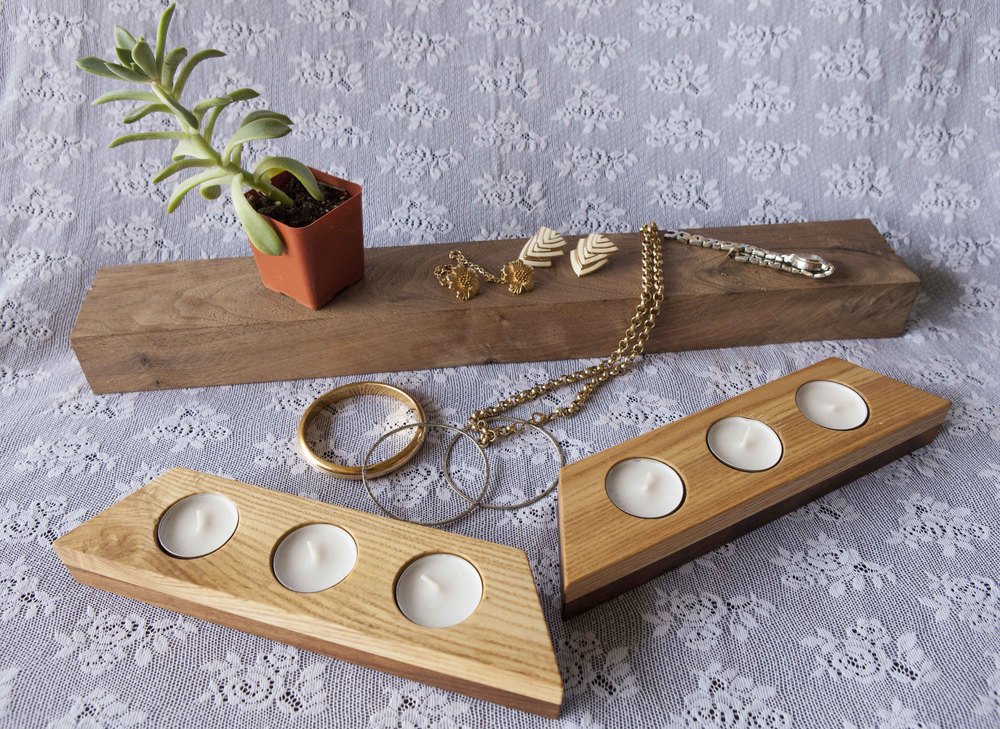
What valuable experience/knowledge did you have before starting your business?
Working for a cabinetmaker, I got to see how other woodworking businesses were set up. I learned how to work fast, maintain high quality standards, but also not go over the top with perfection. That is crucial when you have deadlines–and want to turn a profit.

What made you take this leap into being your own boss?
I realized that most of the jobs in woodworking were completely production oriented, and it would take years before my creative voice would be heard. Woodworking is my current medium, but I’m an artist. I needed creative freedom, and I was young and adventurous, so what better time than the present?
What are some inspirations for your work?
Shapes and lines in nature, in architecture, in anything. I’m also inspired by the wood itself. No matter what I’m making (though especially with spoons) I always let the grain, the coloring, and the shapes in the wood guide the process.
What are some tips or suggestions you’d like to offer to fellow makers?
Have supportive people around you…and a side job.
